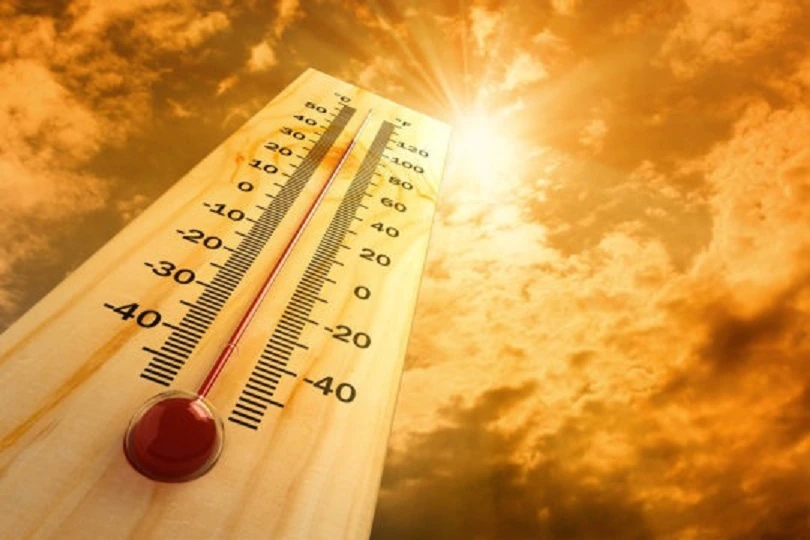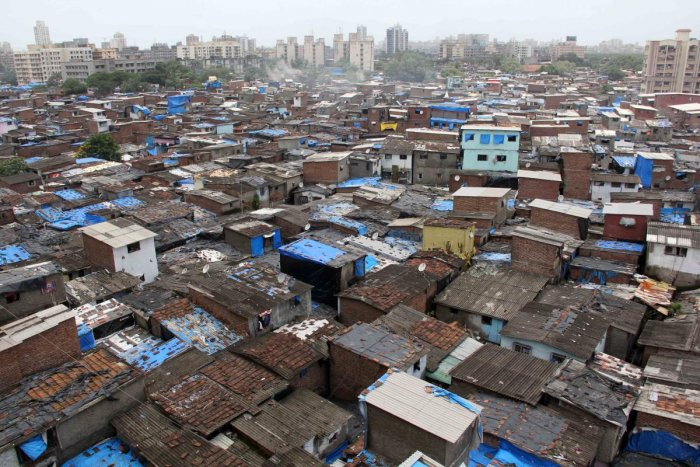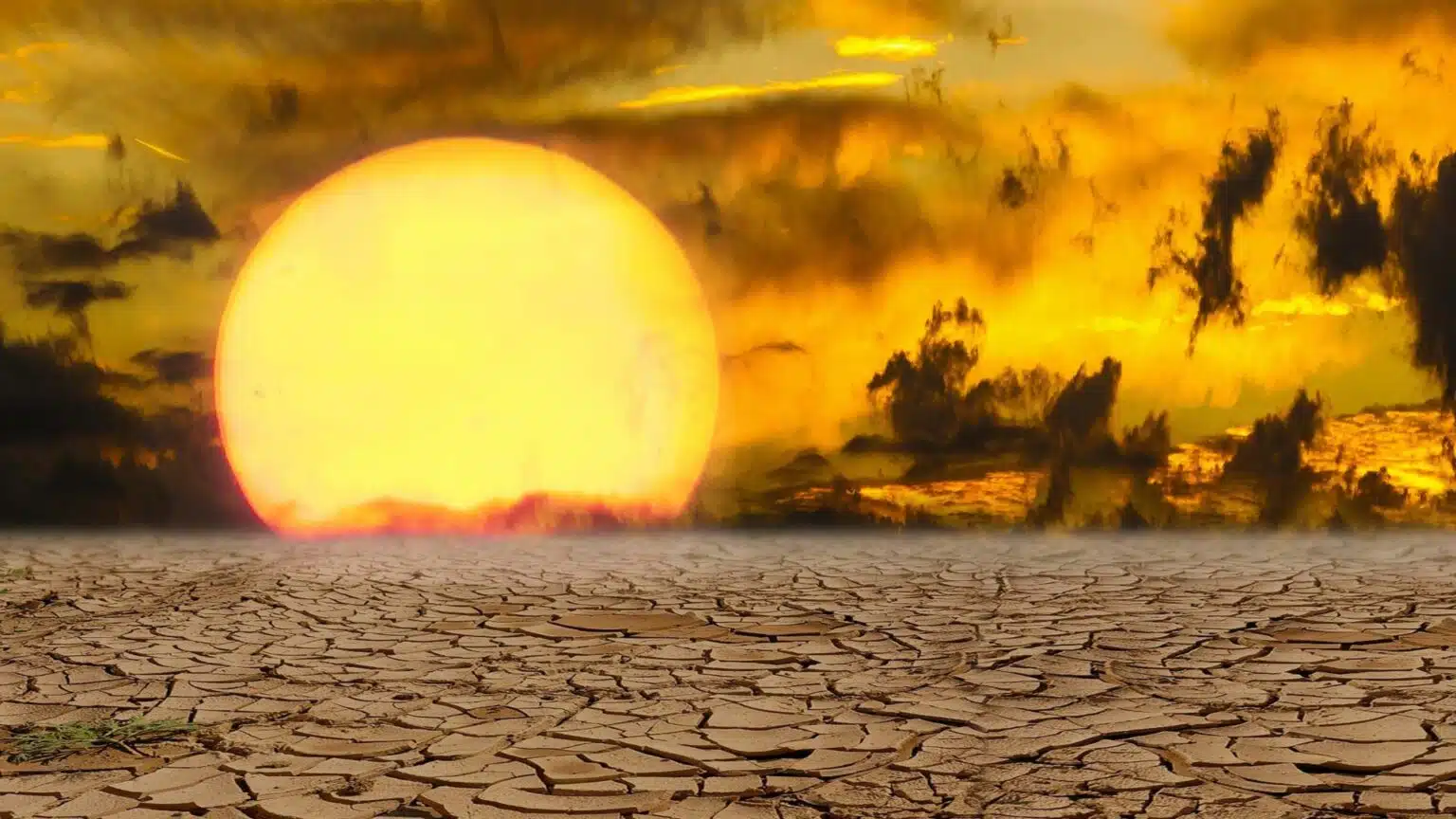India might experience extreme heat waves that could break the human survivability limit, according to the World Bank report titled “Climate Investment Opportunities”.

India might experience extreme heat waves that could break the human survivability limit according to the World Bank report titled “Climate Investment Opportunities”. These heat waves have caused thousands of deaths across India over the past few decades, and are occurring more frequently than ever before.
The country is reportedly seeing greater temperatures that are happening earlier and lasts much longer, according to a World Bank report titled “Climate Investment Opportunities in India’s Cooling Sector.” The report will be made public during the two-day “India Climate and Development Partners’ Meet” that the World Bank and the Kerala government are organizing.
Summer of 2022
India has had a scorching summer, this year, which was harsher, longer, and earlier than ever before. Daytime temperatures of more than 46 degrees Celsius were reported in several locations. One of the places being the capital city of New Delhi. The temperatures in March broke all previous records, making it the hottest month since 1901. The crops were impacted by the extreme heat, especially wheat, which is vulnerable to heat.
According to the report, the latest heat wave confirms what many climate experts have long warned about in regard to South Asia’s rising temperatures.
According to the IPCC’s Sixth Assessment Report published in August 2021, the Indian subcontinent would see increasingly frequent and severe heat waves during the next ten years. The G20 Climate Risk Atlas also issued a warning in 2021, stating that if carbon emissions stay high, as in the IPCC’s worst-case emission scenario, heat waves in India are predicted to persist 25 times longer by 2036–2065.
India’s economy and food
A solid cold chain network is necessary for India’s long-term food security and public health security. It needs a working cold-chain refrigeration system to transport food and medicinal products across India. Fresh fruit can perish and vaccine effectiveness can be diminished by a single temperature blip during transportation. According to the report, India has projected food losses totaling $13 billion annually, with just 4% of fresh goods being protected by cold chain facilities.
Additionally, it was mentioned that prior to COVID-19, India, the third-largest pharmaceutical producer in the world, lost about 20% of temperature-sensitive medicinal items and 25% of vaccines as a result of faulty cold chains, resulting in losses of $313 million annually.
Employment in India

Up to 380 million people, or 75 % of India’s workforce, are dependent on heat-exposed labor and frequently endure potentially lethal temperatures. Many of those subjected to similar labour over the previous summer were ill as a result of dehydration. Since late March, more than 2 dozen people have reportedly died of suspected heart attacks. According to the world bank report, India may be responsible for 34 million of the projected 80 million global job losses due to heat stress-related productivity drop by 2030.
Keeping people cool is going to be a challenge
These days, heat waves are a public health issue. Keeping people cool is crucial for their survival. Most people lack the means to even purchase cooling devices in India. People will suffer in tin-roofed, densely populated settlements with no means of ventilation.

Producing more coal to feed the extra demand for cooling cannot be considered a most efficient solution because the more coal, the hotter it gets, requiring more AC leading to a deadly loop.
Prices for food and other necessities will keep rising, making life more challenging for farmers and normal people. Due to climate change and extreme weather patterns, the capacity of over 1.3 billion population to get food, is now in jeopardy. Even, the second-largest producer of wheat in the world is currently facing an uncertain future.
Read also: Pasoori Becomes the Most Googled Song in The World, BTS’ Butter Came In The 2nd Position













